| A | To top | ||||||
 |
Agileo Automation |
Golra, Fahad
Challenges and Opportunities for Adopting Digital Twins in Semiconductor Industry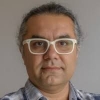
 Abstract Biography |
Fab Management Forum | ||||
 |
Amkor Technology, Inc. |
Kelly, Mike
Heterogeneous IC Packaging for Advanced AI Applications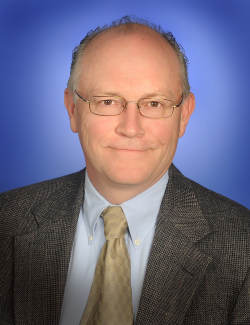
 Abstract Biography |
Advanced Packaging Conference | ||||
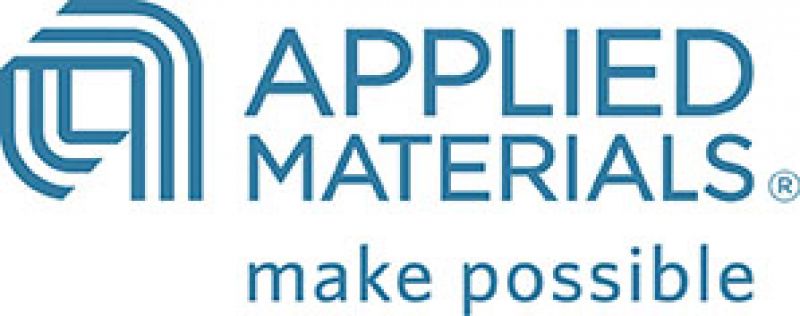 |
Applied Materials |
Shenfeld, Amnon
Walking on the Edge: The Path to Seamless-Hybrid Cloud Environments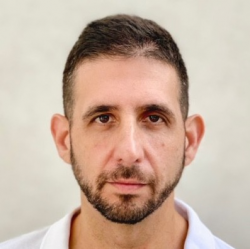
 Abstract Biography |
SMARTx - SMART Manufacturing | ||||
 |
Atotech |
Schmidt, Ralf
The Pivotal Role of Uniformity of Electrolytic Deposition Processes to Improve the Reliability of Advanced Packaging
 Abstract Biography |
Advanced Packaging Conference | ||||
 |
ATREG, Inc. |
Rothrock, Stephen
Coronavirus, Chip Boom, and Supply Shortage: The New Normal for Global Semiconductor Manufacturing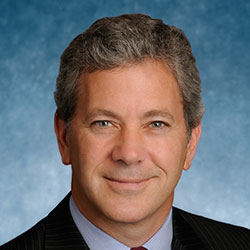
 Abstract Biography |
Fab Management Forum | ||||
| B | To top | ||||||
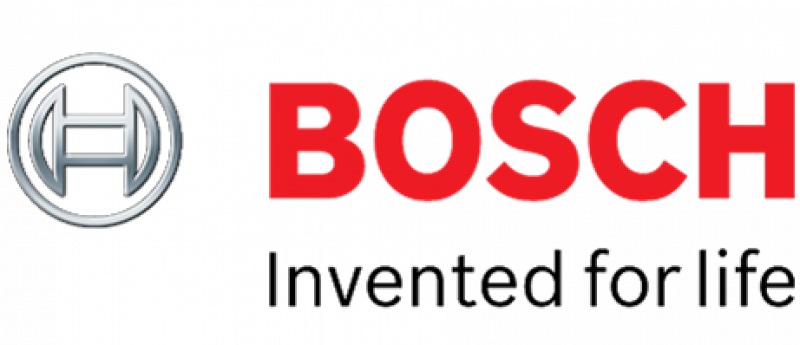 |
Bosch |
Egger, Peter
FlexPoint – A novel inspection methodology to address typical MEMS wafer inspection challenges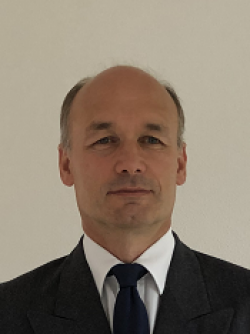
 Abstract Biography |
SMARTx - SMART MedTech | ||||
 |
Brewer Science |
Arnold, Kimberly
New Material Development for Advanced Packaging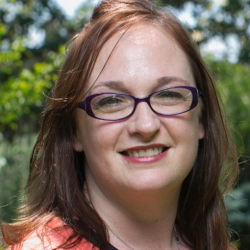
 Abstract Biography |
Advanced Packaging Conference | ||||
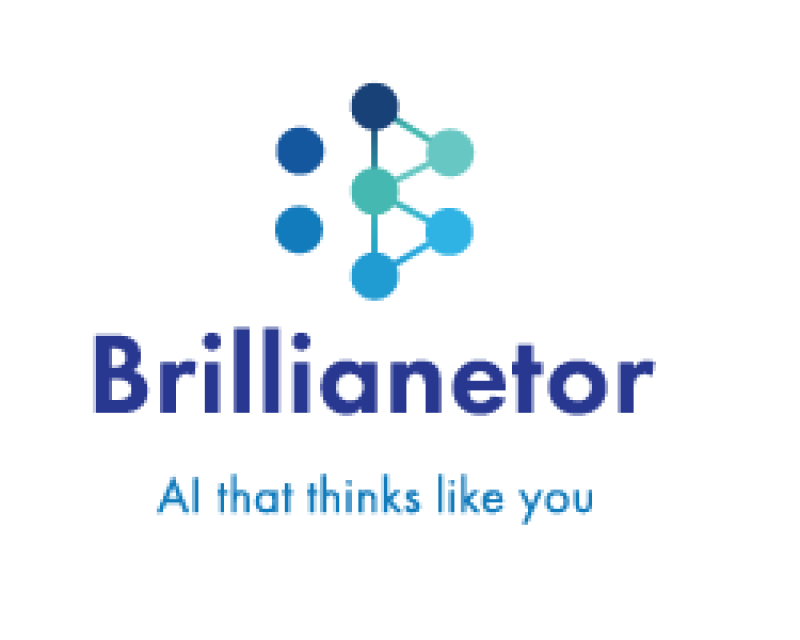 |
Brillianetor Ltd. |
Segev-Hadad, Meirav
Giving robots and machines human-like skills to collaborate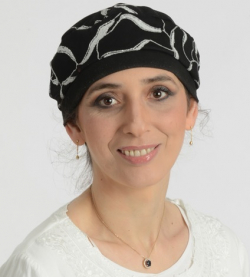
 Abstract Biography |
Artificial Intelligence and Robotics in Semiconductor Industry - The MADEin4 Initiative | ||||
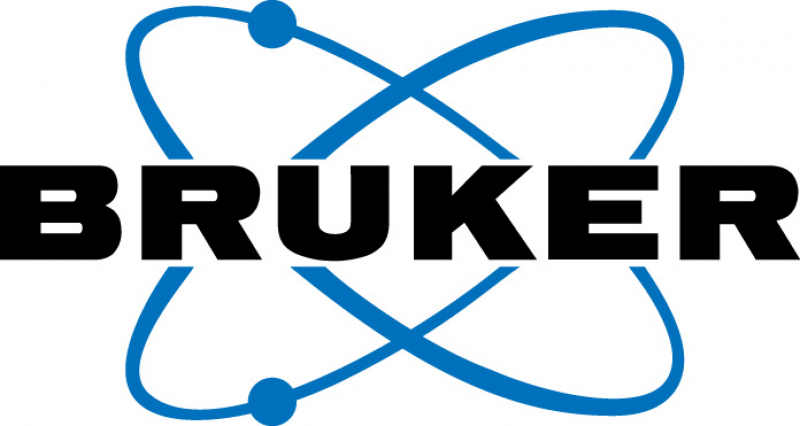 |
Bruker |
van der Meer, Juliette
Advances in X-ray Metrology under MADEin4
 Abstract Biography |
From Reactive to Predictive: Smart Manufacturing in the Semiconductor Industry – The MADEin4 Initiative | ||||
| C | To top | ||||||
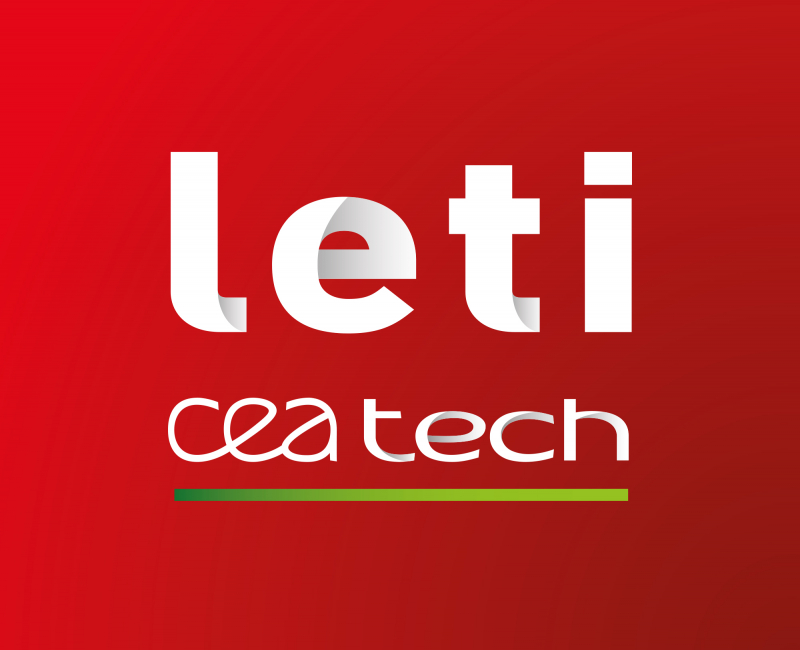 |
CEA-Leti |
Signamarcheix, Thomas
Frugal Artificial Intelligence For Edge Devices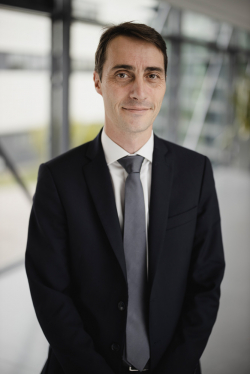
 Abstract Biography |
Advancements in Wireless Tech | ||||
 |
Centro Ricerche FIAT S.C.p.A. |
Vivo, Giulio
Digital Twin methodology for energy modelling and management of body and assembly shop floors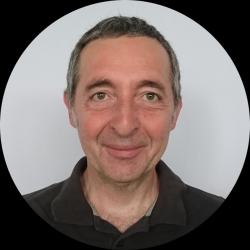
 Abstract Biography |
Artificial Intelligence and Robotics in Semiconductor Industry - The MADEin4 Initiative | ||||
 |
Cloud&Heat Technologies GmbH |
Struckmeier, Jens
The sustainable edge computer - the greenest data centers for smart cities and citizens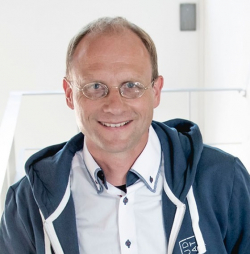
 Abstract Biography |
Sustainable - Green & Trusted | ||||
| D | To top | ||||||
 |
Dell Technologies |
Vivolo, Lawrence
A revolution in Smart Factory is coming – driven by Autonomous, SW-defined, Service-oriented, Fully Connected Cars. Are you ready?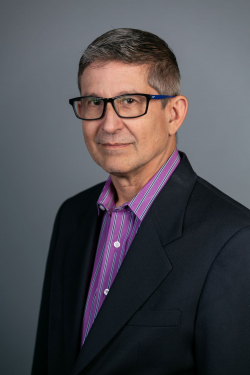
 Abstract Biography |
SMARTx - SMART Mobility | ||||
| E | To top | ||||||
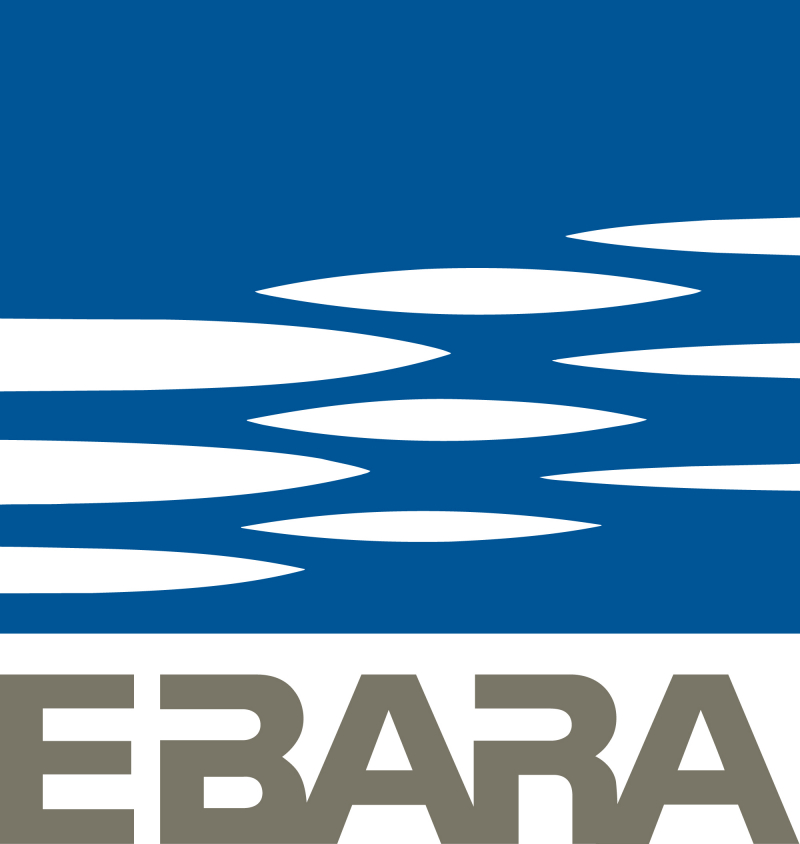 |
EBARA Precision Machinery Europe GmbH |
Richter, Reinhart
An Emergency Process Technology for Europe
 Abstract Biography Dr Reinhart Richter |
Fab Management Forum | ||||
 |
Edwards |
Jones, Chris
Broader view of sustainability challenges for a subfab in Europe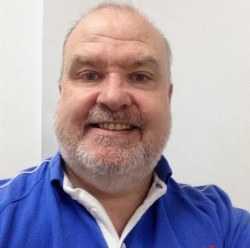
 Abstract Biography |
Fab Management Forum | ||||
 |
Edwards Semiconductor |
Wilson, Kate
Sustainability of the Semiconductor Industry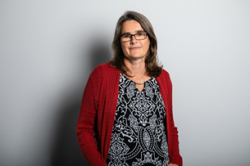
 Abstract Biography |
Executive Forum 2 | ||||
 |
Edwards Vacuum |
Meredith, Richard
Mental Ill Health – The other invisible threat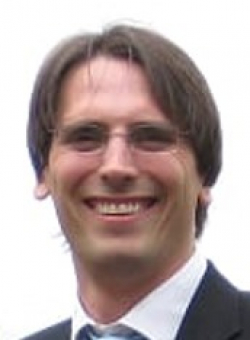
 Abstract Biography |
Fab Management Forum | ||||
 |
Entegris S.A.S. |
Amade, Antoine
Automotive Reliability – Contamination Management and Maturity of the Ecosystems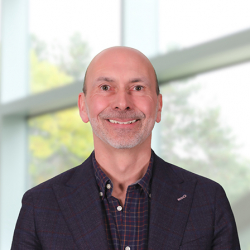
 Abstract Biography |
SMARTx - SMART Mobility | ||||
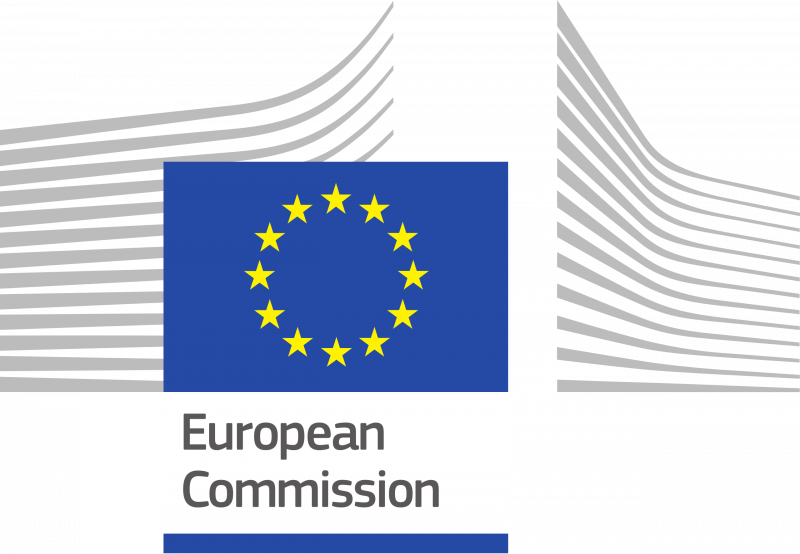 |
European Commission's Directorate-General for Communications Networks, Content and Technology |
Maloney, Colette
Expanding Manufacturing Footprint in the EU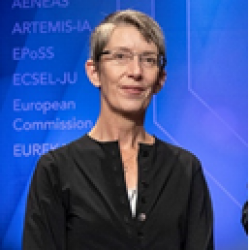
 Abstract Biography |
Fab Management Forum | ||||
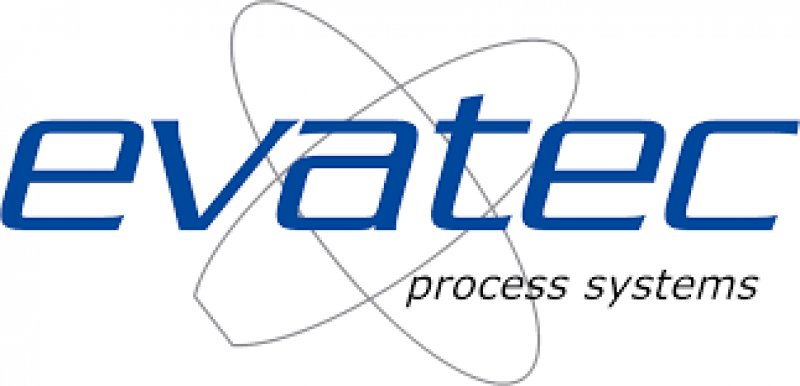 |
Evatec |
Kurdzesau, Fiodar
Driving Down Cost of Ownership – New High Throughput “Cluster” Evaporation Production Tools for Wireless Applications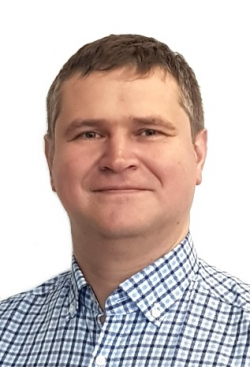
 Abstract Biography |
Advancements in Wireless Tech | ||||
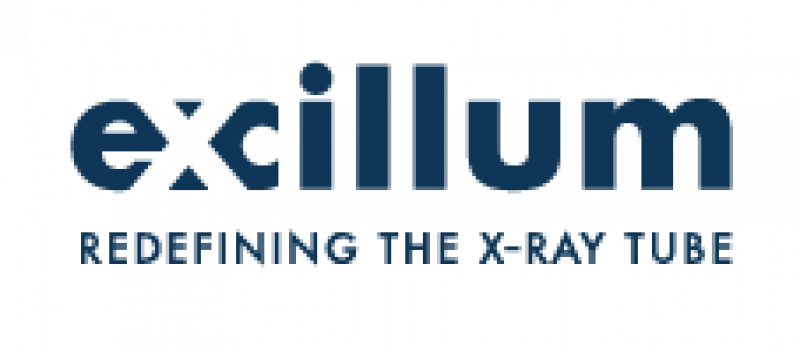 |
Excillum AB |
Laza, Simona
MetalJet – a New Key Module for Enhanced Metrology Capabilities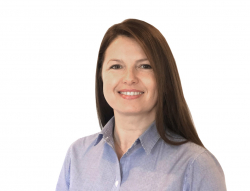
 Abstract Fig 1. History of X-ray sources Fig 2. Liquid Metal Jet Anode X-ray source Fig 3. Brightness of X-ray sources Biography |
From Reactive to Predictive: Smart Manufacturing in the Semiconductor Industry – The MADEin4 Initiative | ||||
| F | To top | ||||||
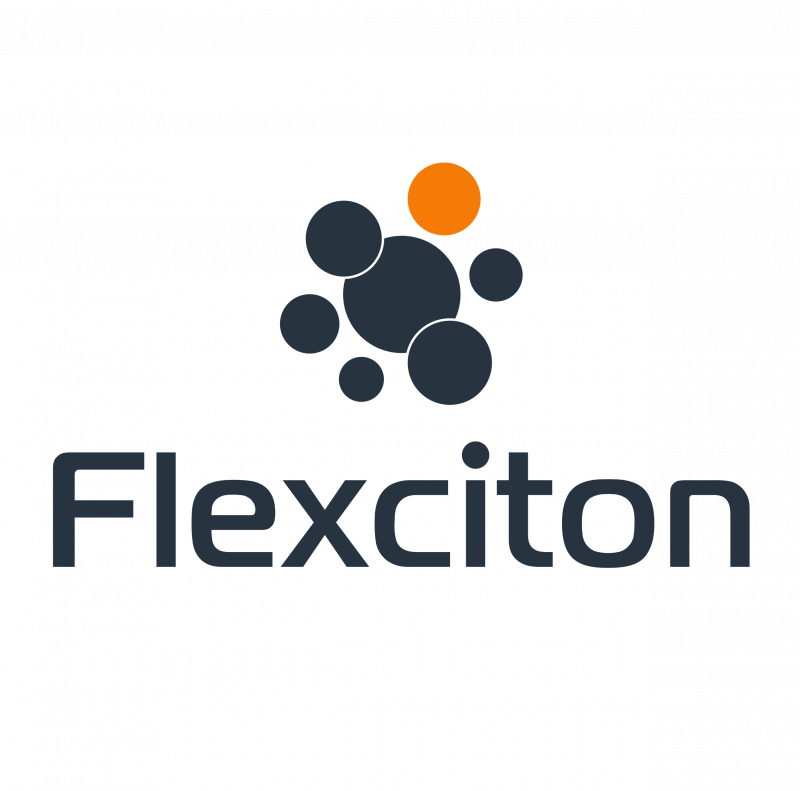 |
Flexciton |
Potter, Jamie
Enabling smart fabs with next-generation production scheduling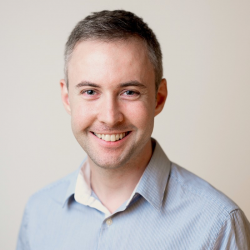
 Abstract Biography |
Fab Management Forum | ||||
 |
Fraunhofer IISB |
Erlbacher, Tobias
SiC Power MOS technology evolution as an example for sustainable and efficient energy conversion in DC grids
 Abstract Biography |
Sustainable - Green & Trusted | ||||
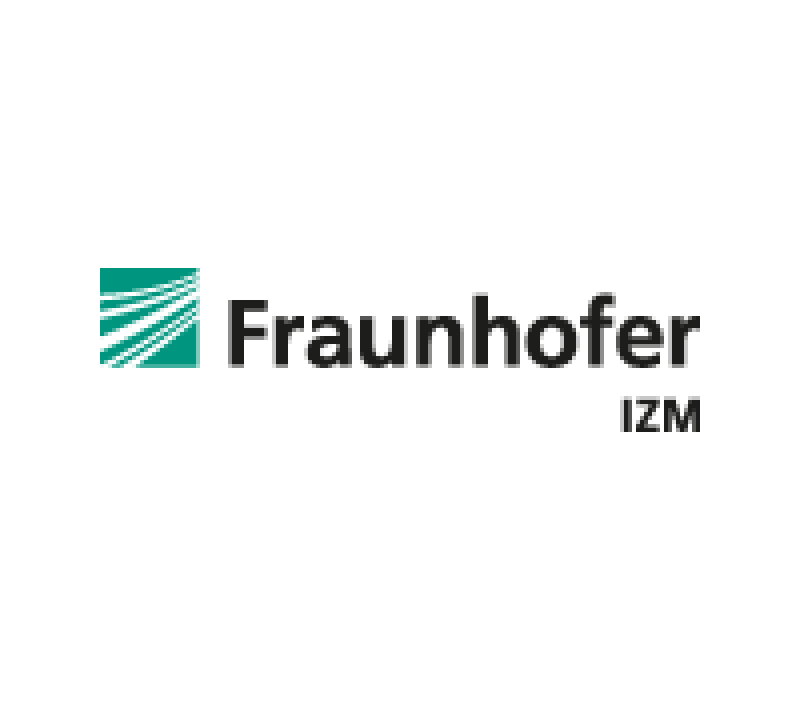 |
Fraunhofer IZM |
Schischke, Karsten
The journey towards green and carbon neutral electronics: Ecodesign, materials and supply chain management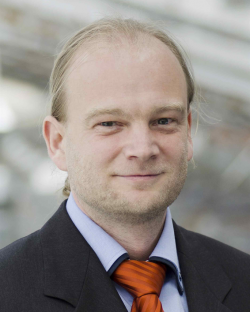
 Abstract Biography |
Sustainable - Green & Trusted | ||||
| G | To top | ||||||
 |
GlobalFoundries |
Yan, Ran
Semiconductor Enabling Vr/AR as the New Dimension Of Human Connection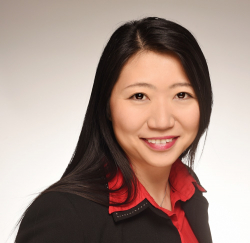
 Abstract High density area and leakage reduce with technology node shrinking
Globalfoundries microdisplay solutions
Biography |
The Future of Computing Hardware | ||||
 |
GlobalFoundries |
Trewhella, Jean
Enabling Solutions through Packaging Enablement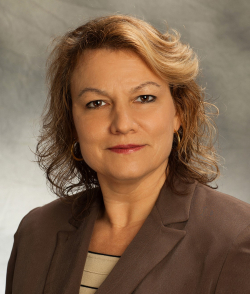
 Abstract Biography |
Advanced Packaging Conference | ||||
| H | To top | ||||||
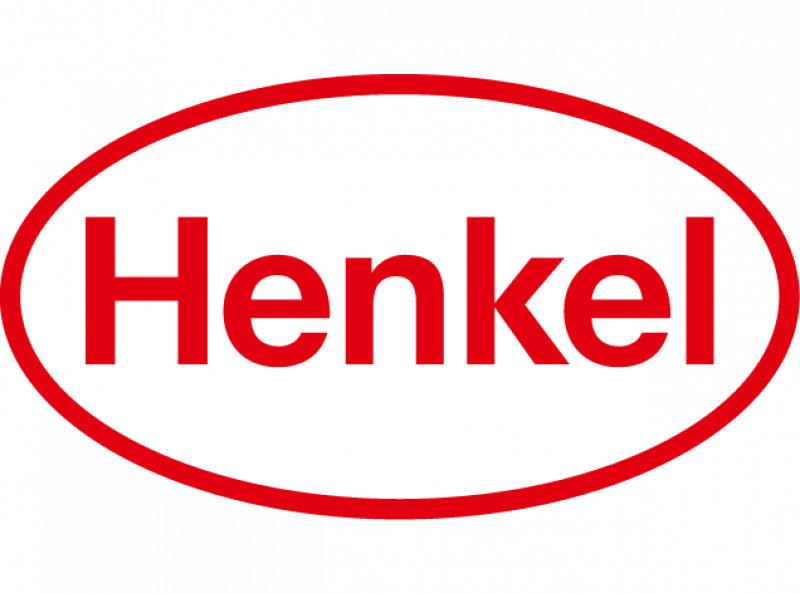 |
Henkel Electronic Materials |
de Wit, Ruud
Thin Cu Plate-able Dielectric Material Developments for RF and Power Device Miniaturization
 Abstract Biography |
Advanced Packaging Conference | ||||
| I | To top | ||||||
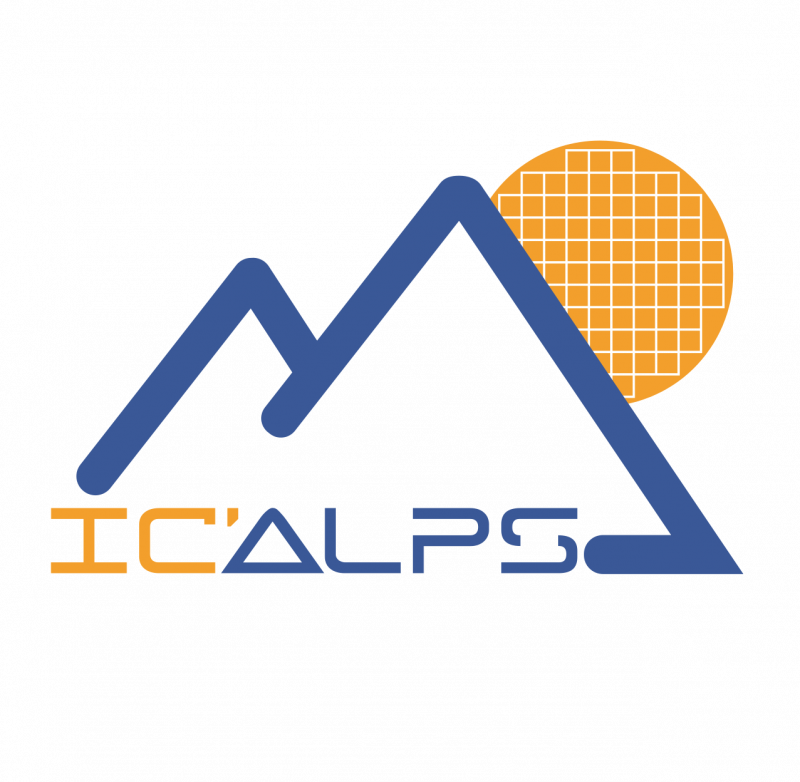 |
IC'Alps |
Bernard-Moulin, Elsa
Application-Specific Integrated Circuits Pave the Way to New Innovative Electro-Therapies for Cardiology and Neurology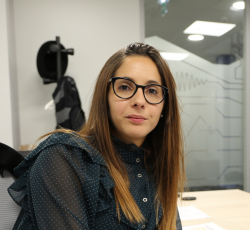
 Abstract Biography |
SMARTx - SMART MedTech | ||||
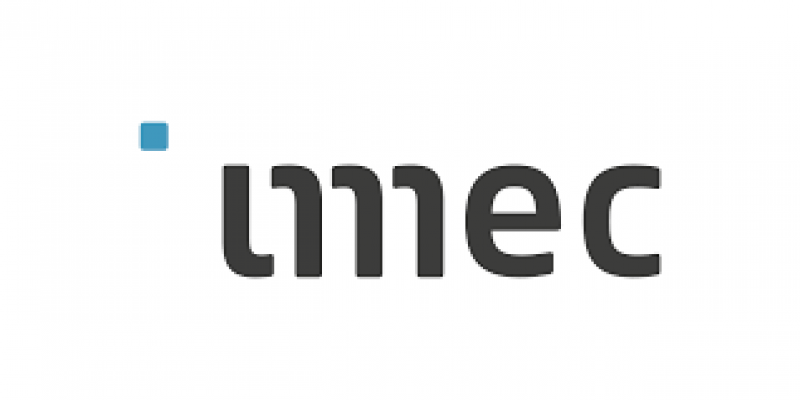 |
imec |
Van den hove, Luc
The Power of Deeptech: A Tale of Bits, Molecules and Ecosystems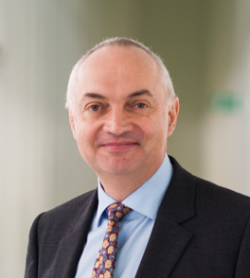
 Abstract Biography |
Executive Forum 1 | ||||
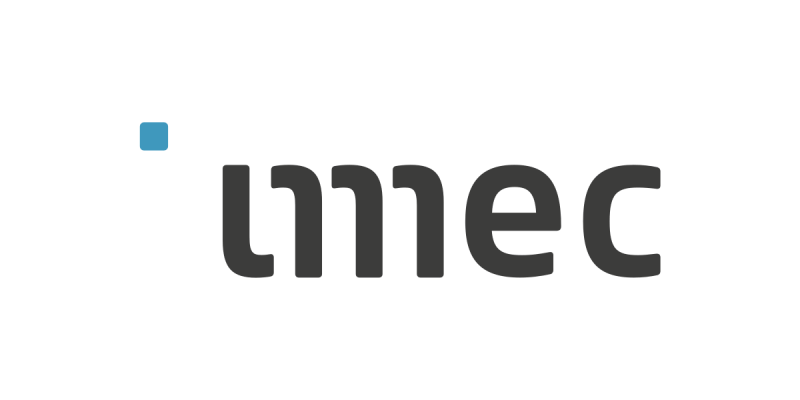 |
IMEC vzw |
Ashby, Thomas
Privacy Preserving Amalgamated Machine Learning (PAML) in the Fab, and machine learning workflow in the MADEin4 project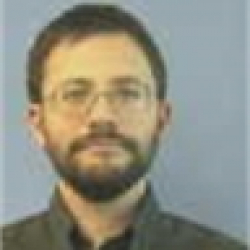
 Abstract Biography |
From Reactive to Predictive: Smart Manufacturing in the Semiconductor Industry – The MADEin4 Initiative | ||||
 |
INFICON |
Behnke, John
Smart to the Rescue!
 Abstract Biography |
Fab Management Forum | ||||
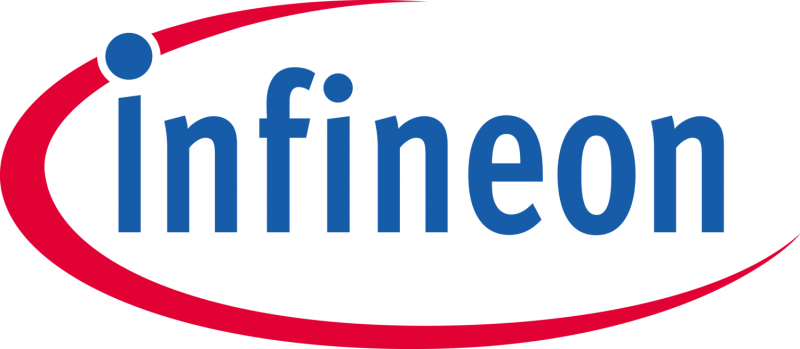 |
Infineon Technologies Austria AG |
Herlitschka, Sabine
At the crossroad: Strategic considerations for chip manufacturing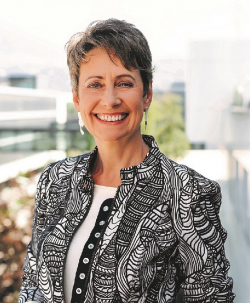
 Abstract Biography |
Executive Forum 3 | ||||
 |
Intel Corp. |
B. Kelleher, Ann
Next Decade of Semiconductor Innovation in Europe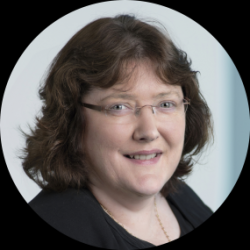
 Abstract Biography |
Executive Forum 3 | ||||
 |
IO Tech |
Birnbaum, Ralph
Laser Assisted Deposition for Electronics Mass Production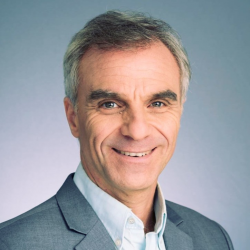
 Abstract Biography |
Advanced Packaging Conference | ||||
| J | To top | ||||||
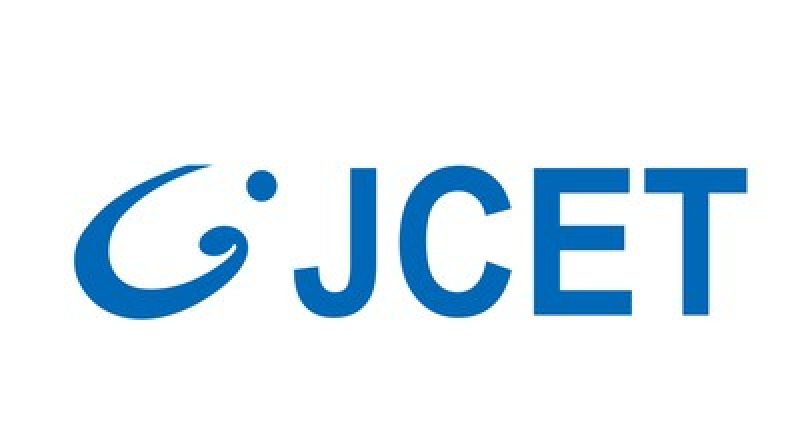 |
JCET |
Antonicelli, Roberto
From SoC to Chiplets: Harnessing the X-Dimension of Fan-Out Packaging
 Abstract Biography |
Advanced Packaging Conference | ||||
| K | To top | ||||||
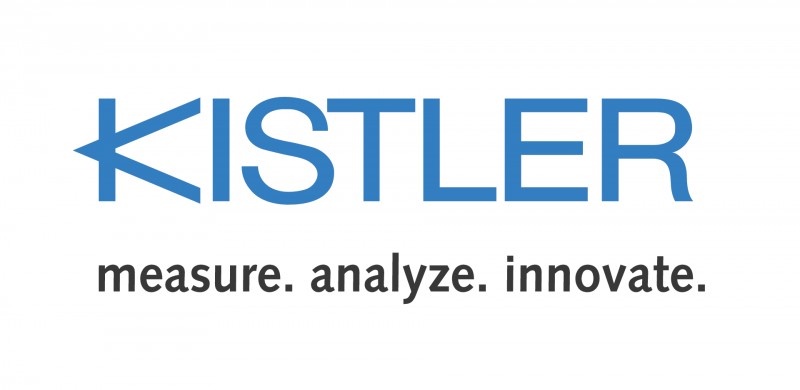 |
Kistler Instrumente |
Hillinger, Robert
Monitor Mechanical Stress and Damage in Advanced Packaging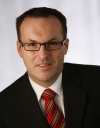
 Abstract Biography |
Advanced Packaging Conference | ||||
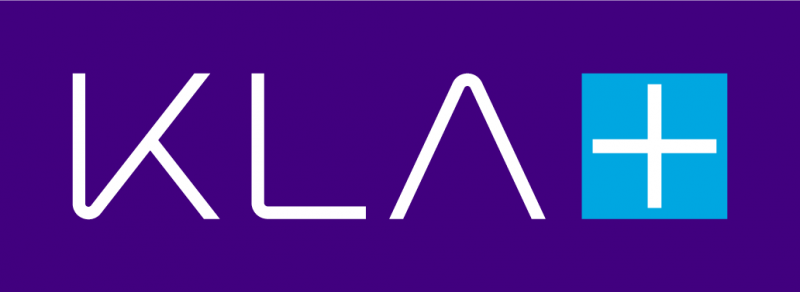 |
KLA Corporation |
Donzella, Oreste
Challenges and Opportunities in Semiconductor Packaging
 Abstract Biography |
Executive Forum 3 | ||||
| M | To top | ||||||
 |
McKinsey & Company, Inc. |
Burkacky, Ondrej
A Changing Market for Semiconductors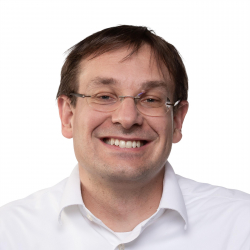
 Abstract Biography |
Fab Management Forum | ||||
 |
Merck KGaA |
Wicklandt, Petra
Merck's Sustainability Strategy and our expectation to European Legislation
 Abstract Biography |
Executive Forum 2 | ||||
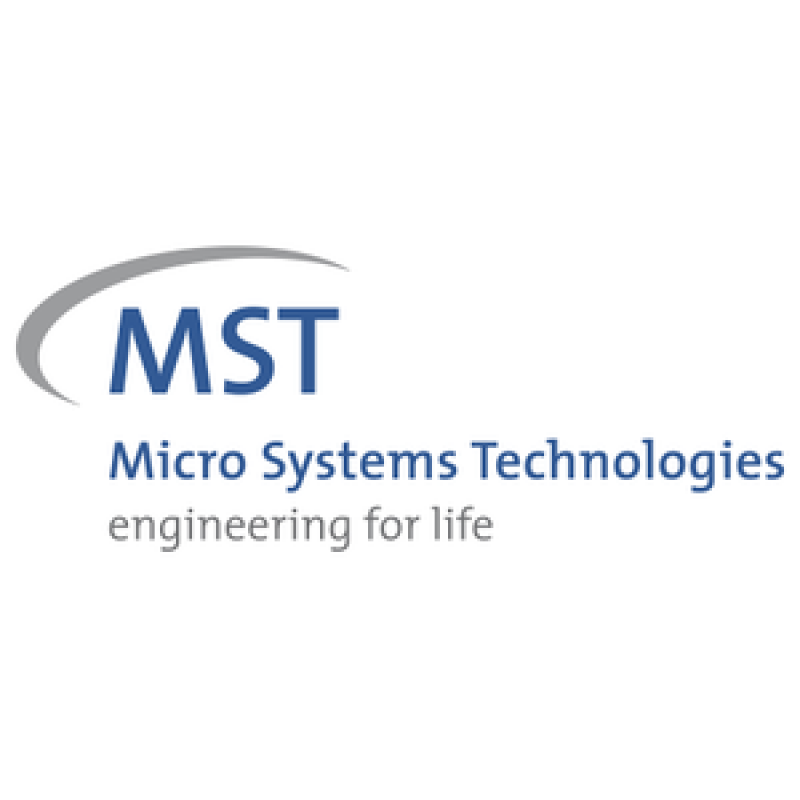 |
Micro Systems Technologies |
Martina, Manuel
Advanced Materials and Interconnection Technologies for Highly Miniaturized IoT Modules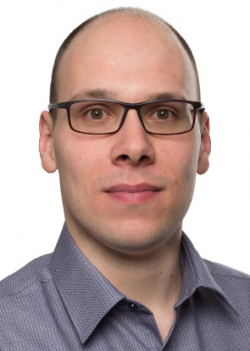
 Abstract Biography |
Advanced Packaging Conference | ||||
| N | To top | ||||||
 |
Nearfield Instruments |
Sadeghian, Hamed
Opportunities and challenges of high-throughput 3D metrology equipment for semiconductor process control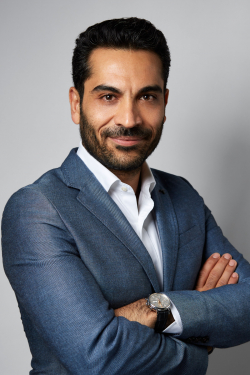
 Abstract Biography |
Advancements in Wireless Tech | ||||
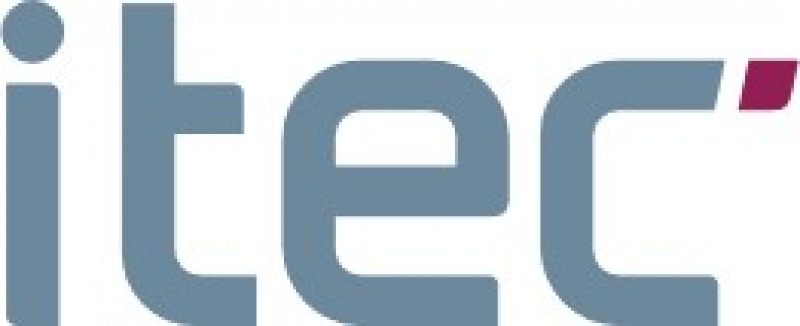 |
Nexperia |
Mohamed, Sajid
IMOCO4.E: Intelligent Motion Control under Industry4.E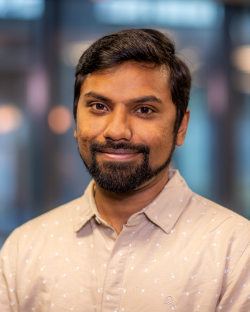
 Abstract Biography |
Edge-to-Cloud Intelligence for Resilient Manufacturing – The IMOCO4.E Initiative | ||||
 |
Nova |
Ilgayev, Ovadia
Recent Innovations in Integrated Metrology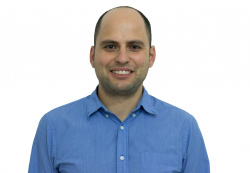
 Abstract Biography |
The MADEin4 Project: Driving Smart Manufacturing Excellence in the Semiconductor Industry | ||||
 |
NXP Semiconductors |
Reger, Lars
Accelerating the Secure Intelligent Edge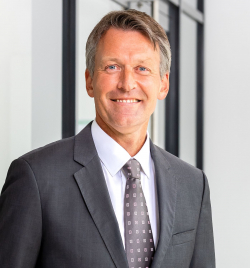
 Abstract Biography |
Executive Forum 2 | ||||
| P | To top | ||||||
 |
Philips |
Dekker, Ronald
Coming soon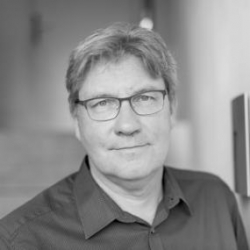
 Abstract Biography |
Executive Forum 4 | ||||
 |
Presto Engineering |
Patel, Claire
Automotive semiconductor packaging and testing: a paradigm shift to innovation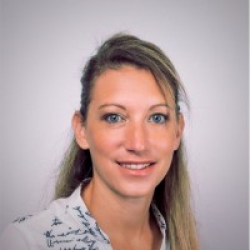
 Abstract Biography |
Advanced Packaging Conference | ||||
| R | To top | ||||||
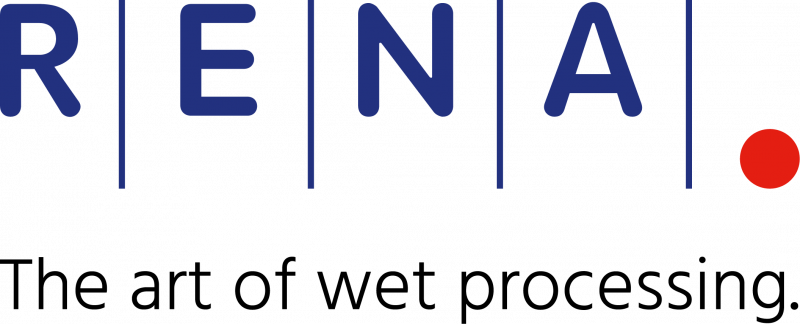 |
RENA Technologies GmbH |
Kühnlein, Holger
Advanced Silicon Carbide Single Wafer Wet Chemical Etching and Polishing at Ambient Temperature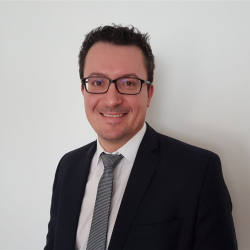
 Abstract Biography |
SMARTx - SMART Mobility | ||||
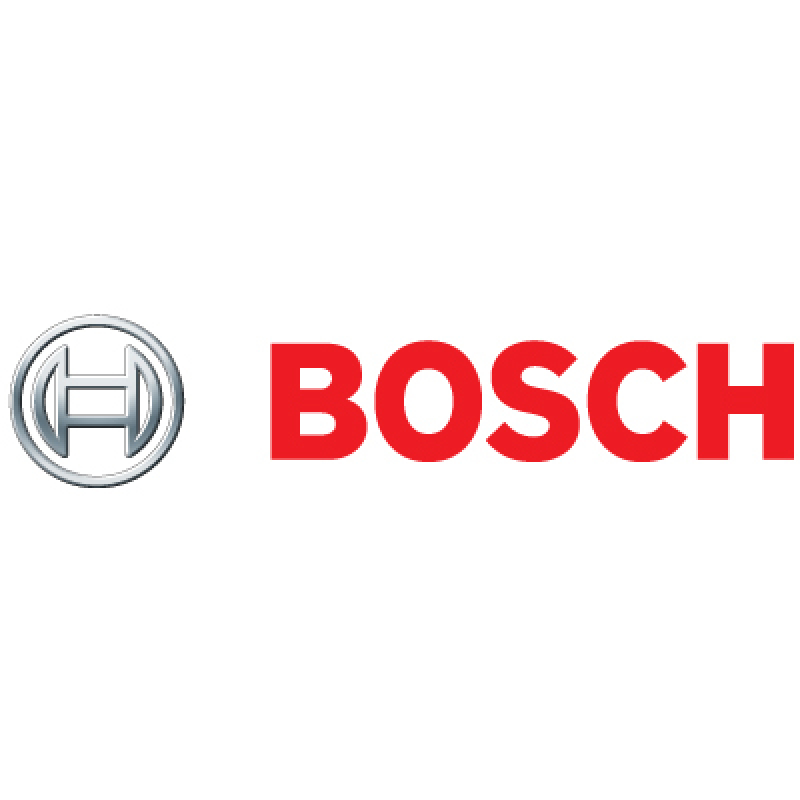 |
Robert Bosch GmbH |
Leinenbach, Patrick
Holistic AIoT in automotive semiconductor value stream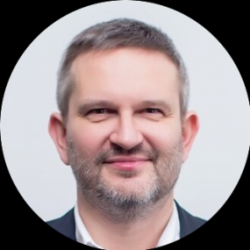
 Abstract Biography |
Executive Forum 3 | ||||
| S | To top | ||||||
 |
Samsung Semiconductor Europe GmbH |
Fischer, Axel
Samsung Foundry - Adding One More Dimension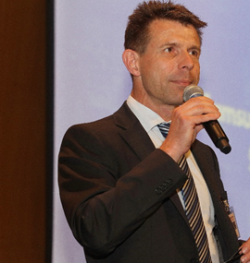
 Abstract Biography |
Executive Forum 4 | ||||
 |
Schott AG |
Letz, Martin
Thin Glass for Wafer- And Panel- Level Packaging: On the Route Towards Industrialization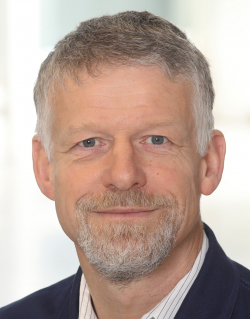
 Abstract Biography |
Advanced Packaging Conference | ||||
 |
SEMI |
Amano, James
Introduction to SEMI Sustainability Initiative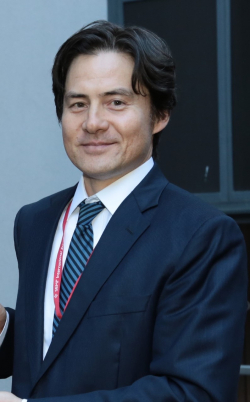
 Abstract Biography |
Fab Management Forum | ||||
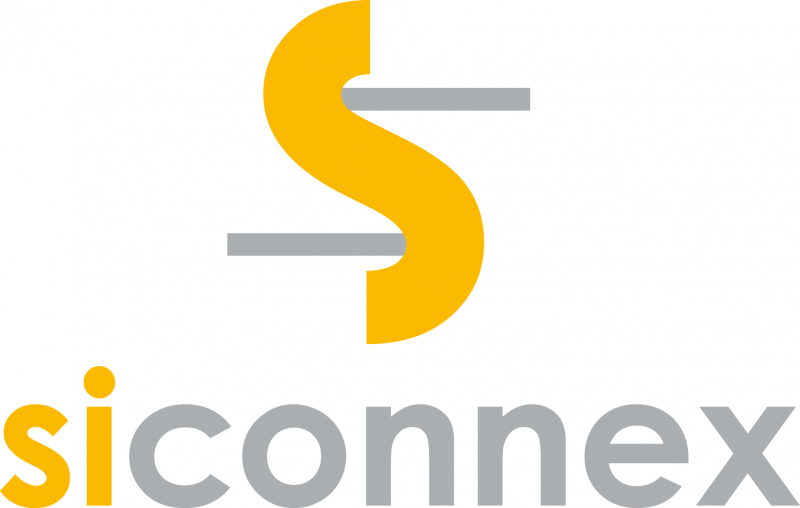 |
Siconnex customized solutions GmbH |
Buchberger, Mario
How to Replace Conventional Wet Etch/Clean Tools with Batchspray® Equipment, While Reducing Chemical Costs and Achiving More Clean Room Space?
 Abstract Biography |
Fab Management Forum | ||||
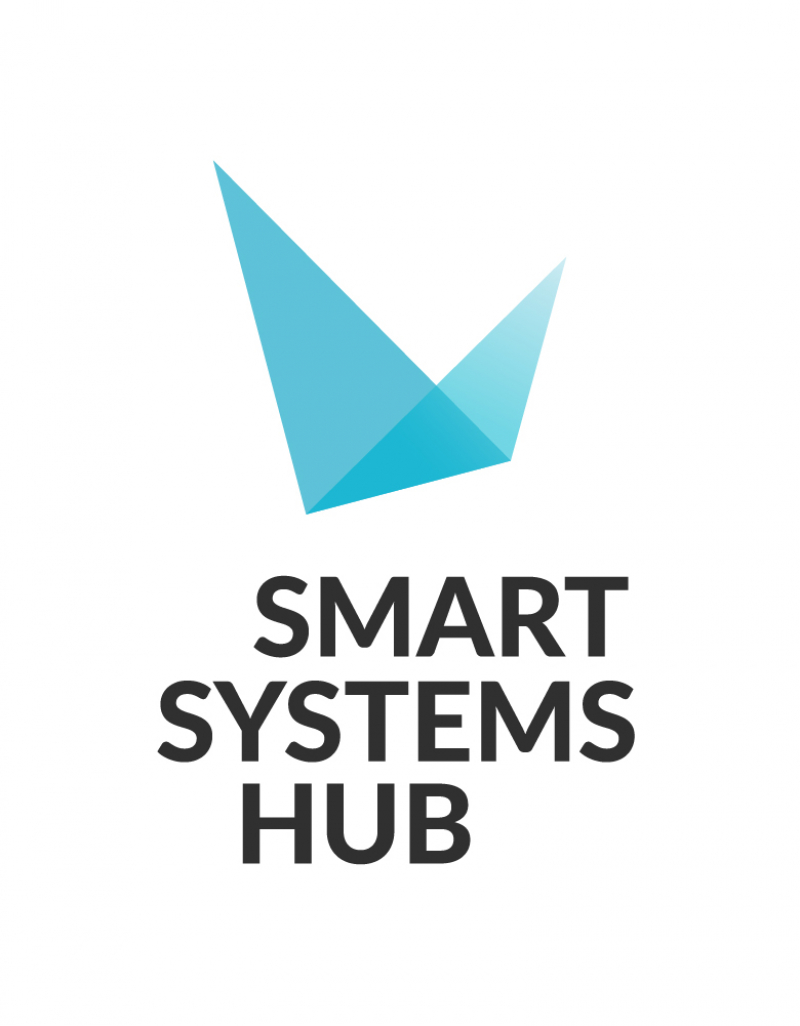 |
Smart Systems Hub |
Klingstedt, Hans
How Edge Computing Enables Predictive Valve Maintenance in the Semiconductor Industry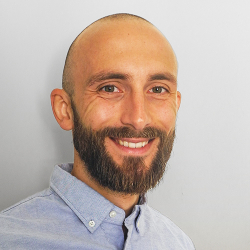
 Abstract Biography |
SMARTx - SMART Manufacturing | ||||
 |
SOITEC |
Roda Neve, Cesar
Engineered Substrates and Materials for 5G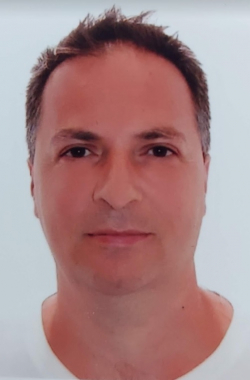
 Abstract Biography |
Advancements in Wireless Tech | ||||
 |
STMicroelectronics |
Beretta, Alessandro
We create technology for a sustainable world, in a sustainable way – Our commitment to be Carbon neutral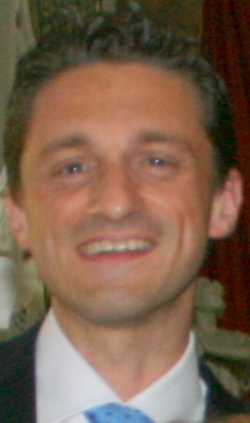
 Abstract Biography |
Fab Management Forum | ||||
| T | To top | ||||||
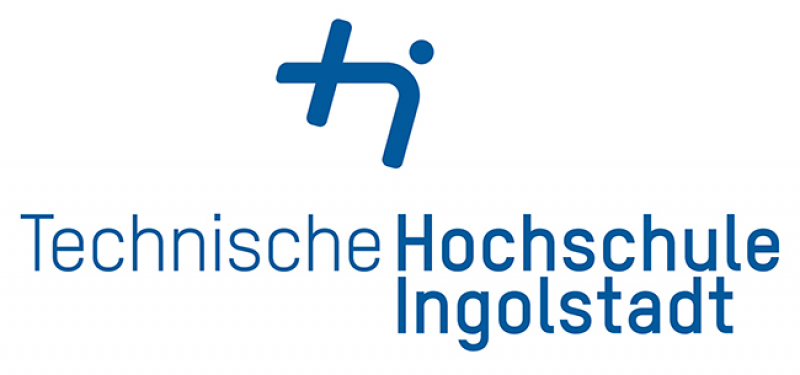 |
Technische Hochschule Ingolstadt |
Elger, Gordon
Die-Attach Bonding with Copper Metal Pigment Flakes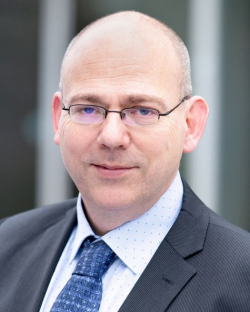
 Abstract Biography |
Advanced Packaging Conference | ||||
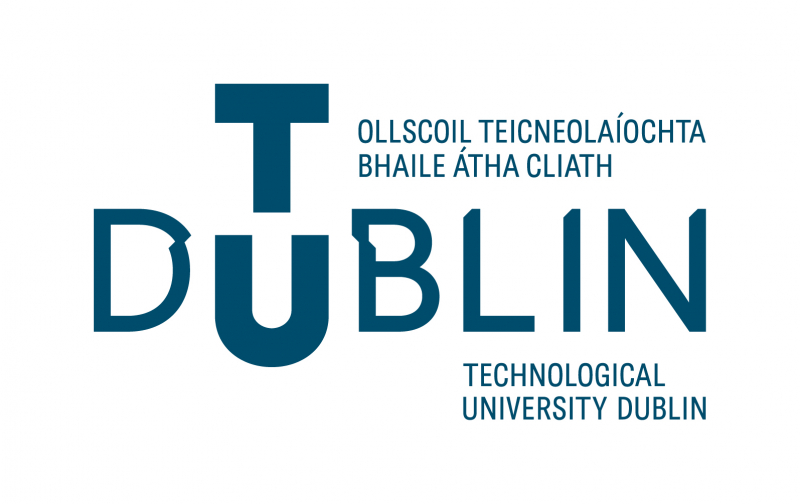 |
Technological University Dublin |
Kelleher, John
Sustainable AI: Measuring and Reducing the Carbon Footprint of Deep Learning Model Development and Inference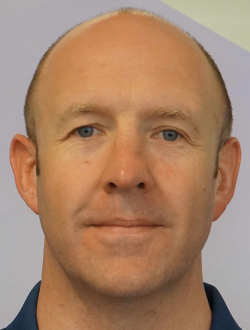
 Abstract Biography |
Sustainable - Green & Trusted | ||||
 |
TNO |
Kievit, Olaf
Introduction to the MADEin4 project: Metrology Advances for Digitized ECS Industry 4.0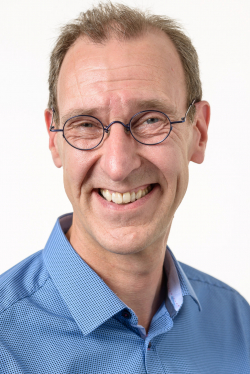
 Abstract Biography |
From Reactive to Predictive: Smart Manufacturing in the Semiconductor Industry – The MADEin4 Initiative | ||||
 |
TNO |
Koster, Norbert
MFIG: a Mass Filterd Ion Gauge for heavy hydrocarbon detection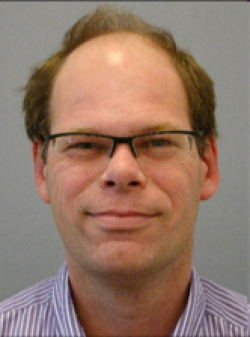
 Abstract Biography |
From Reactive to Predictive: Smart Manufacturing in the Semiconductor Industry – The MADEin4 Initiative | ||||
 |
Tofwerk |
Frege, Carla
Vocus: The Most Sensitive Detector of Air Molecular Contaminants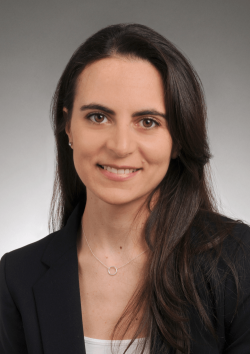
 Abstract Concentration decay of common inorganic acids in a FAB environment. The markers show the quantification limit of each compound. Arrows on the right axis show the 1 minute LOD of the Vocus Biography |
Fab Management Forum | ||||
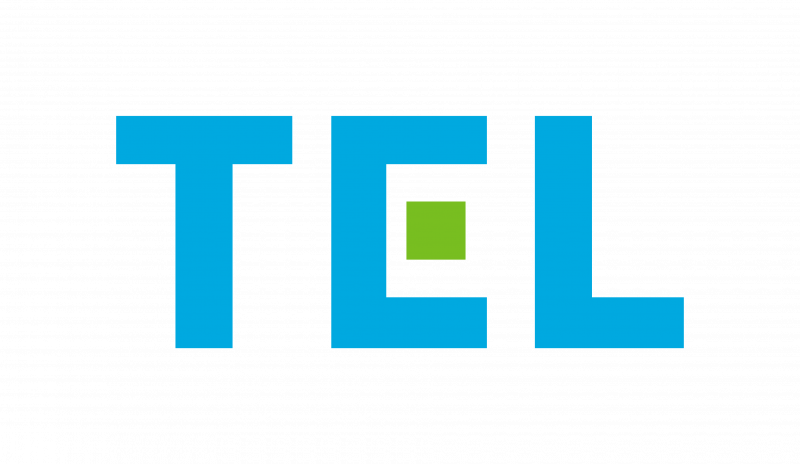 |
Tokyo Electron Europe Limited |
Arnold, Joerg
Supporting Europe’s Semiconductor Expansion Through Localised Training and Service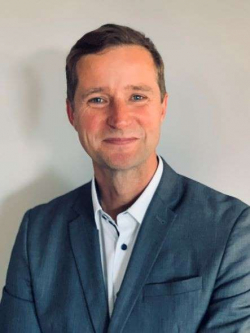
 Abstract Biography |
Fab Management Forum | ||||
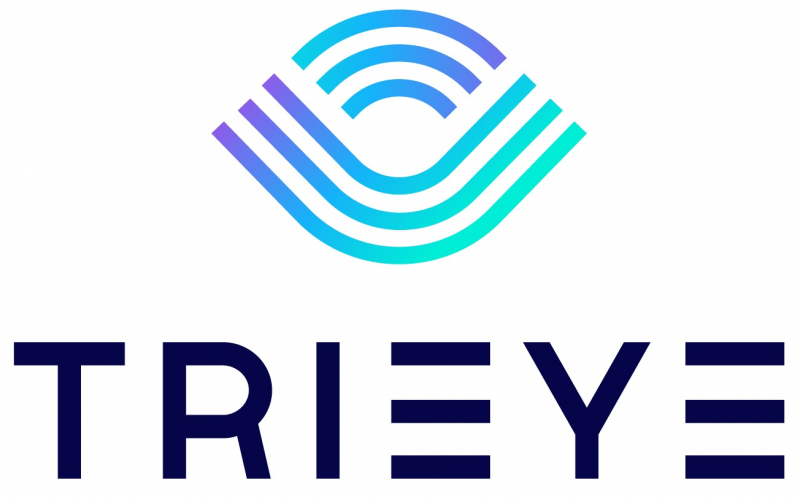 |
TriEye |
Bakal, Avi
Seeing Beyond the Visible: The Short-Wave Infrared Revolution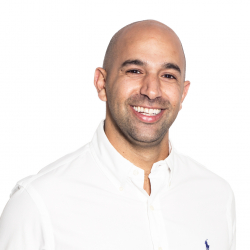
 Abstract Biography |
SMARTx - SMART Mobility | ||||
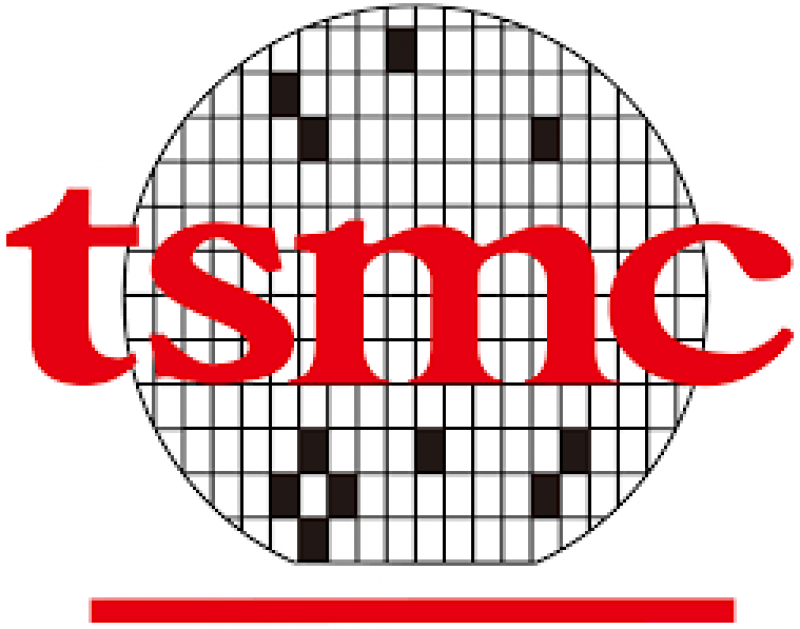 |
TSMC Europe BV |
Marced, Maria
Digitize the Future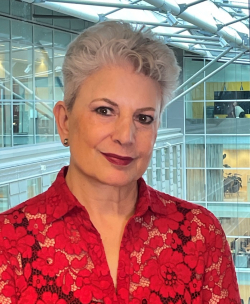
 Abstract Biography |
Executive Forum 2 | ||||
| U | To top | ||||||
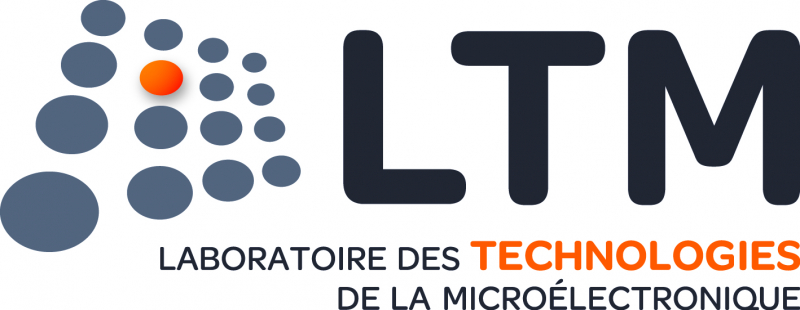 |
Univ. Grenoble Alpes, CNRS, CEA/LETI Minatec, LTM |
Tortai, Jean-herve
Go Faster for Process Deviation: Fast Errors Detections on Large Surfaces Using Ellipsometry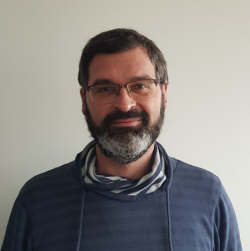
 Abstract Biography |
Artificial Intelligence and Robotics in Semiconductor Industry - The MADEin4 Initiative | ||||
| V | To top | ||||||
 |
VLSI Research |
Puhakka, Risto
Market Updates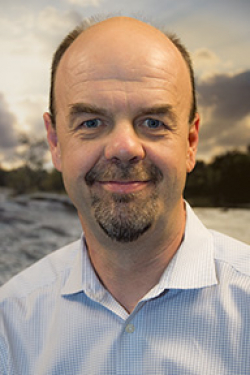
 Abstract Biography |
Advanced Packaging Conference | ||||
| Y | To top | ||||||
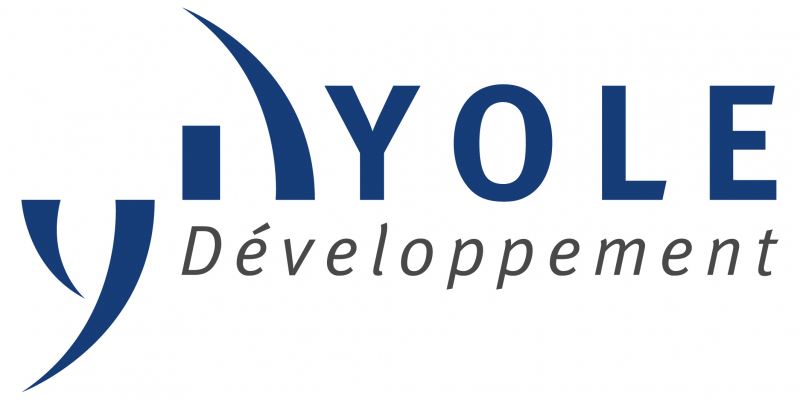 |
Yole Développement |
Mouly, Jerome
Gas and particle sensors, electronic noses in healthcare sector - a new momentum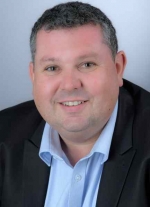
 Abstract Biography |
SMARTx - SMART MedTech | ||||
| Z | To top | ||||||
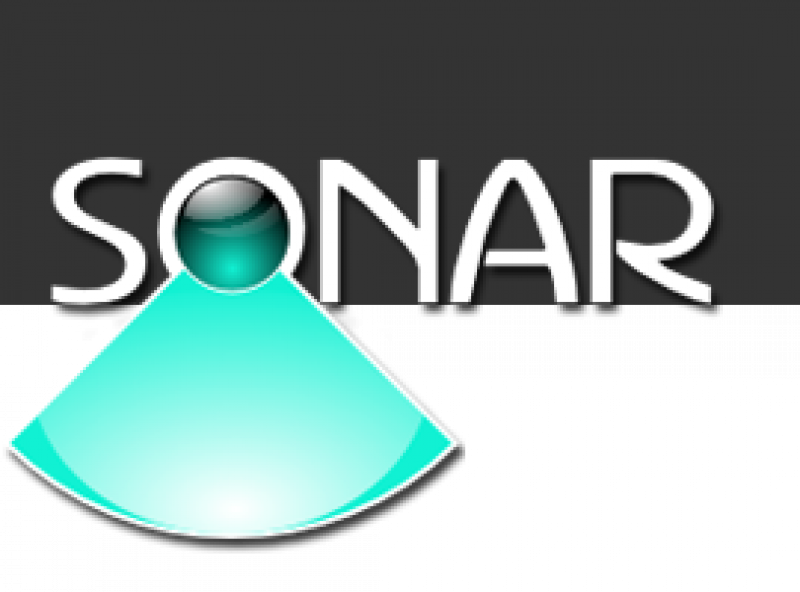 |
ZIAN & Co industrial consulting and recruitment |
Zimmer, Andreas C.
Remote Operations / Training New Employees in Time of Disruption; Integrating New Training Solutions; Managing Operations when Staff is Digital.
 Abstract Biography |
Fab Management Forum | ||||